Not every muscle car wore its horsepower on its sleeve. While stripes, scoops, and badges sold plenty of cars in the ’60s and ’70s, some of the quickest machines of the era kept their cards close to the chest. These were cars that blended into traffic, often mistaken for commuters or budget trims, while carrying engines that could shred a quarter-mile. Some were factory sleepers by design, others simply downplayed their potential. Here are 14 muscle cars that looked ordinary, but had more than enough muscle waiting under the hood.
1968 Plymouth Road Runner HEMI
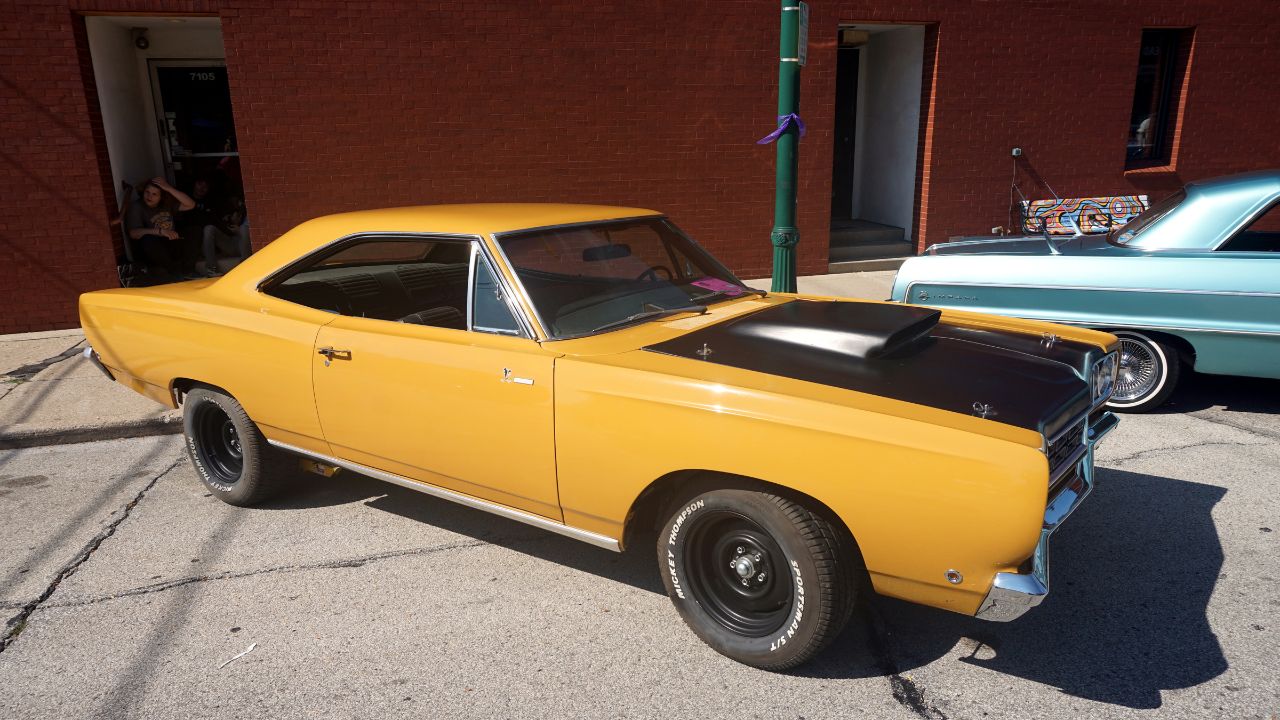
The Road Runner was marketed as a budget performance car, but ordering the 426 HEMI turned it into a street monster. Officially rated at 425 horsepower, the HEMI gave this unassuming coupe quarter-mile times that rivaled far pricier machines. Most buyers skipped flashy trim, letting the car blend into traffic while hiding its serious capability.
Inside, it was deliberately bare—bench seats, rubber mats, and very few luxuries. All the money went into the drivetrain. That spartan nature only added to its sleeper status, since nothing about the cabin hinted at the power under the hood.
1969 Chevrolet Chevelle 300 Deluxe COPO 427

Chevrolet’s 300 Deluxe trim looked like a base-model fleet car, but with the COPO order sheet, it could hide the L72 427 V8 rated at 425 horsepower. On paper, it was just a plain Chevelle. In practice, it was one of the quickest street cars GM ever built.
The lack of SS badging or stripes meant few people suspected its performance. Interiors stayed basic as well, usually with cloth or vinyl bench seating. The COPO Chevelle was a perfect sleeper—unassuming, but ready to humble anything pulling alongside it at a stoplight.
1970 Dodge Coronet R/T HEMI
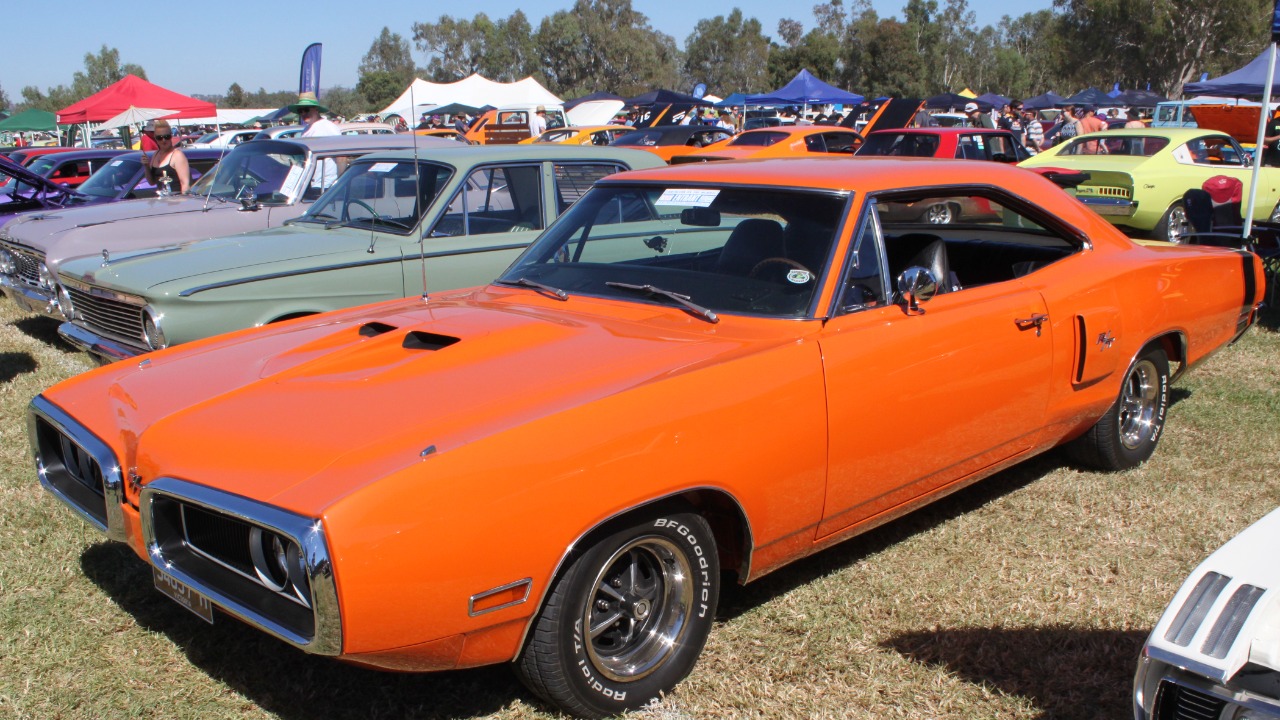
The Coronet had boxy family-sedan looks, but ordering the R/T with a 426 HEMI completely changed the game. Chrysler rated it at 425 horsepower, though real output was higher. Few people expected such speed from a car that could pass for a daily commuter.
Unlike a Charger or Challenger, the Coronet kept its styling more subdued. Buyers who skipped the stripes ended up with a car that barely stood out. Inside, it offered comfort-oriented trim, which only deepened the disguise. It was the perfect car for someone who didn’t want attention but craved serious horsepower.
1971 AMC Hornet SC/360

AMC slipped some muscle into its compact Hornet lineup with the SC/360. Under the hood was a 360-cubic-inch V8 producing up to 285 horsepower. In a lightweight platform, that was enough to surprise bigger cars. With the Go-Package, it got performance gearing and dual exhaust, making it a capable little sleeper.
Visually, the SC/360 didn’t scream performance unless ordered with stripes. Many examples looked like economy cars, blending in with commuter traffic. The interior was also plain compared to flashier muscle cars. It was a car that didn’t need looks to back up its punch.
1966 Ford Fairlane 500 R-Code

The Fairlane was often seen as a family-friendly mid-size sedan, but with the R-Code 427, it became a beast in disguise. This dual four-barrel V8 was rated at 425 horsepower and made the Fairlane one of Ford’s most formidable muscle machines.
Most were built without aggressive trim, leaving them with stock-looking bench seat interiors and understated exteriors. To most passersby, it looked like a commuter. On the street, however, it could put down times that embarrassed flashier Mustangs and Galaxies. It was quiet in its appearance but not on the strip.
1965 Pontiac Tempest LeMans GTO

When Pontiac first introduced the GTO as an option package on the Tempest LeMans, it didn’t stand out at a glance. With the 389 V8 under the hood, especially with tri-power carburetion pushing 360 horsepower, it was a serious performer. But many cars carried little more than subtle badging.
The cabin didn’t give away much either. Bench seats and modest trim didn’t tell the whole story. For many, it was easy to mistake it for a standard LeMans until it blew past on the highway. It became one of the first true sleeper muscle cars.
1972 Chevrolet Nova SS 396

Chevrolet’s Nova had the reputation of being a sensible compact, but with the SS 396 package, it transformed. With up to 375 horsepower from its big-block V8, it had the muscle to run with Chevelles and Camaros while looking like a budget grocery-getter.
Inside, the Nova kept things simple. Vinyl bench seating and minimal trim didn’t give away its muscle. Outside, apart from small SS badges, it remained unassuming. It was exactly the kind of car that could sit quietly at a stoplight and then surprise anything next to it when the light turned green.
1964 Ford Thunderbolt
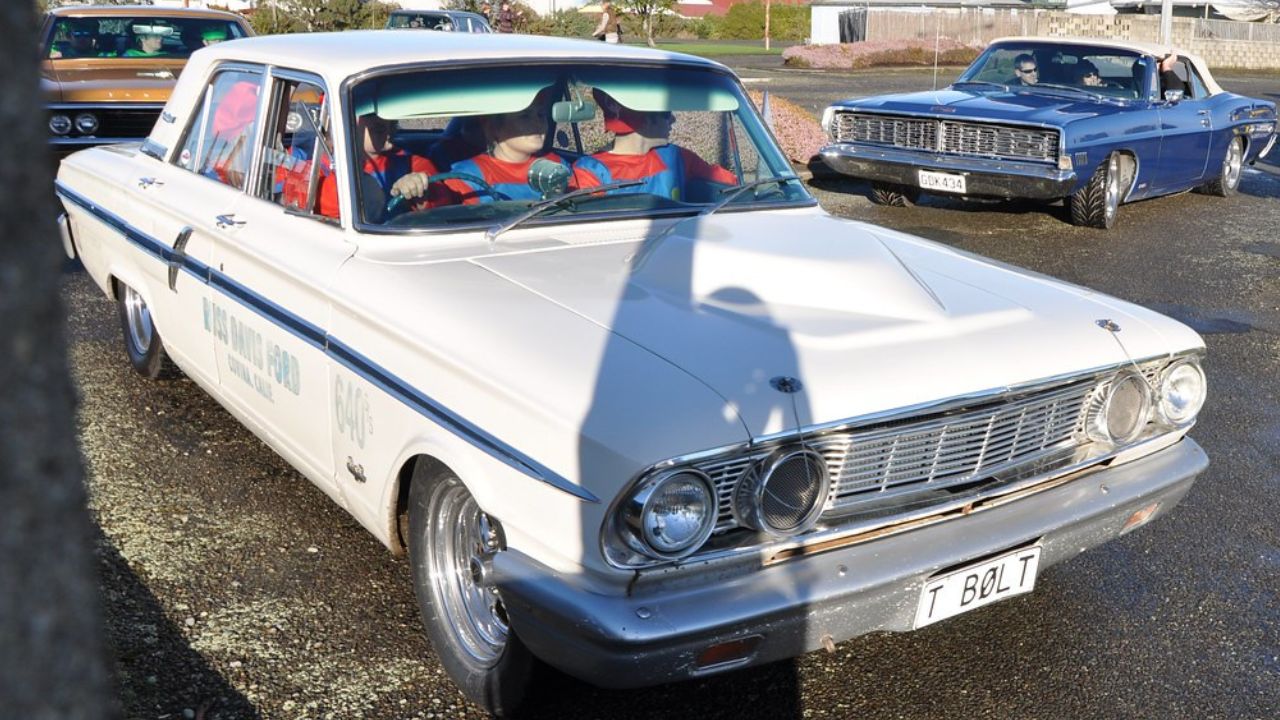
Ford stuffed its lightweight Fairlane body with a 427-cubic-inch V8 to create the Thunderbolt. Officially rated at 425 horsepower, its true figure was higher. On the dragstrip, these cars dominated, but at first glance, they still looked like modest Fairlanes.
Ford stripped them down to keep weight low—thin glass, fiberglass panels, and simple interiors. Many had rubber mats instead of carpet. While designed for racing, the Thunderbolt still wore enough plain sheet metal to pass as ordinary to the untrained eye, hiding its true nature until the throttle opened.
1970 Buick GSX Stage 1
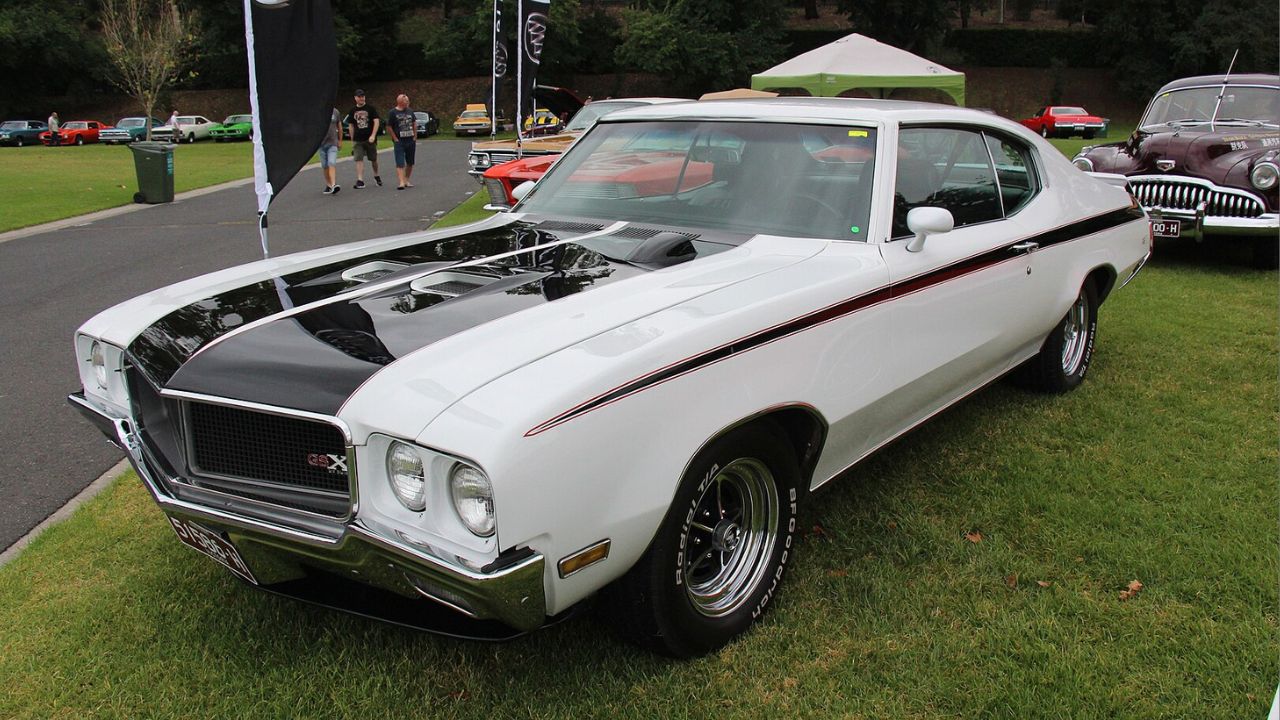
Buick wasn’t typically the first name in muscle, which made the GSX Stage 1 easy to underestimate. Its 455-cubic-inch V8 made 360 horsepower, but with 510 lb-ft of torque, it was among the hardest-hitting muscle cars of its day.
Despite its potential, many GSX models were dressed in Buick’s luxury-oriented interior. Full upholstery, wood trim, and air conditioning made it feel like a cruiser, not a drag car. To someone unfamiliar, it came across as a plush Buick coupe. In reality, it was a torque monster.
1969 Dodge Dart GTS 440

The Dodge Dart was marketed as a compact car, but the GTS trim could be ordered with Chrysler’s 440-cubic-inch V8. That meant over 375 horsepower in a lightweight package, making it brutally quick in a straight line.
The Dart GTS looked modest, especially compared to Chargers or Road Runners. Even with minor badges, most people wouldn’t expect big-block power in such a small car. Its cabin matched the modest look with simple vinyl seats. It was one of Mopar’s sneakiest muscle moves of the late 1960s.
1977 Pontiac Can Am
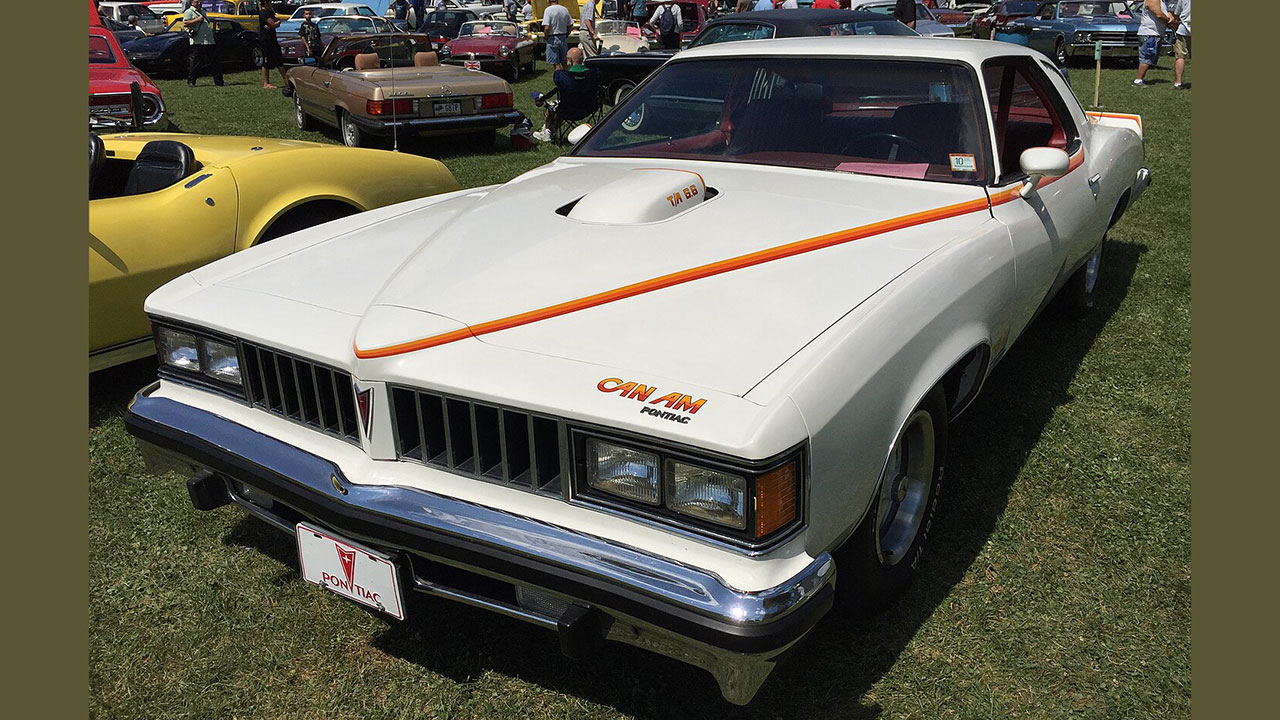
Built on the LeMans platform, the Pontiac Can Am was marketed as a limited-run special but didn’t look overly aggressive. Under the hood, however, most carried a 400-cubic-inch V8, while California and high-altitude cars received the 403 Oldsmobile small-block.
Pontiac didn’t go overboard with styling. A rear spoiler and some striping were the main giveaways. Otherwise, it passed as another mid-size Pontiac. The interior leaned more toward luxury than muscle, with full carpeting and plush seating. That contrast made its performance all the more unexpected.
1970 Mercury Cyclone Spoiler 429 CJ
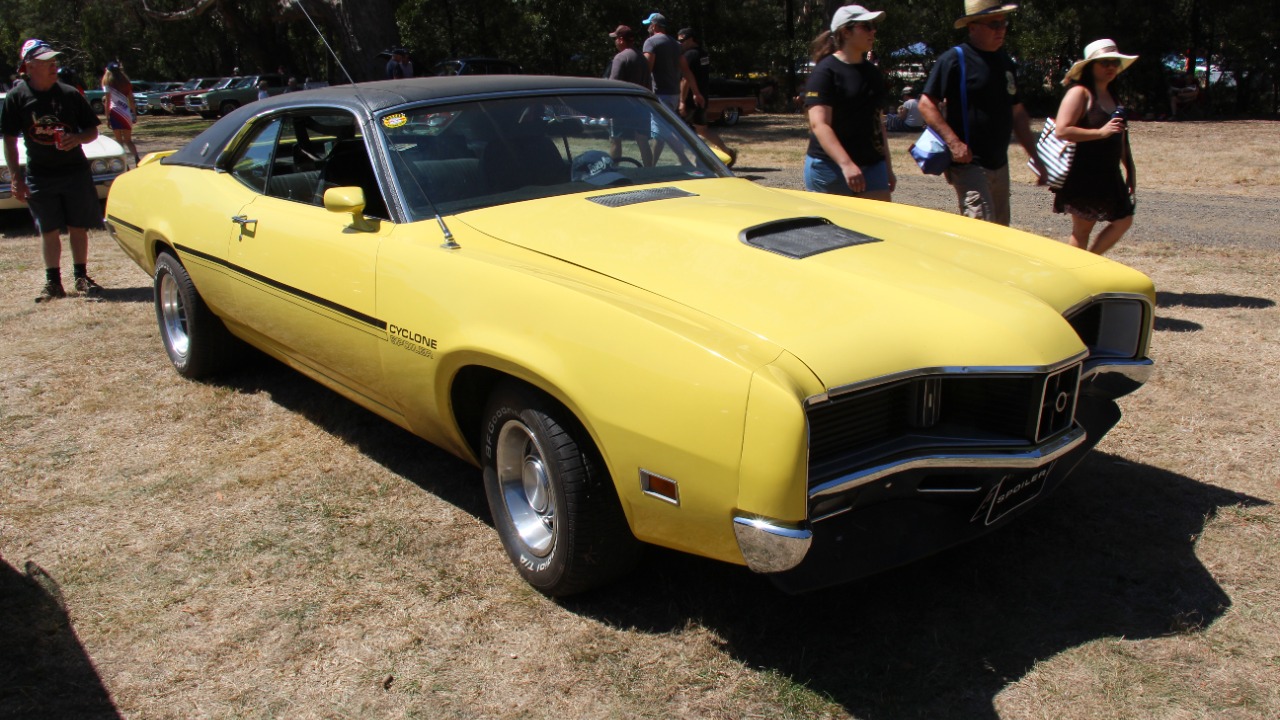
Mercury’s Cyclone Spoiler wasn’t as well-known as Ford’s Torino Cobra, but with the 429 Cobra Jet under the hood, it packed serious heat. Rated at 370 horsepower, it delivered far more performance than its restrained looks suggested.
While it could be ordered with stripes, many left the factory in plain colors, which helped hide its potential. Inside, it offered Mercury’s upscale appointments, leaning toward comfort rather than stripped-down performance. That combination made it look like a cruiser while hiding quarter-mile performance worthy of attention.
1968 Oldsmobile 442 W-30

Oldsmobile’s 442 carried a reputation for performance, but when optioned with the W-30 package, it became something else entirely. Its 400-cubic-inch V8 delivered 360 horsepower, backed by a performance cam and better breathing.
Despite this, the car’s exterior didn’t scream race car. Many were ordered with modest trim and quiet colors, which let them blend in with traffic. Inside, Oldsmobile’s luxury leanings showed through with comfortable seating and higher-end trim. It was easy to overlook, but it had the muscle to prove itself.
1967 Chevrolet Biscayne 427

Chevrolet’s Biscayne was marketed as a budget full-size car, often seen in fleet or police use. But with the optional L72 427-cubic-inch V8 rated at 425 horsepower, it became an unlikely sleeper. Few expected a plain-looking sedan to pack Corvette-level power.
Most Biscaynes carried little chrome, small hubcaps, and basic bench-seat interiors. That stripped-down design made them lighter than more luxurious models, giving them an edge at the dragstrip. To anyone who didn’t know, it was just another full-size Chevy—until it pulled away hard from the line.
Like Fast Lane Only’s content? Be sure to follow us.
Here’s more from us:
*Created with AI assistance and editor review.

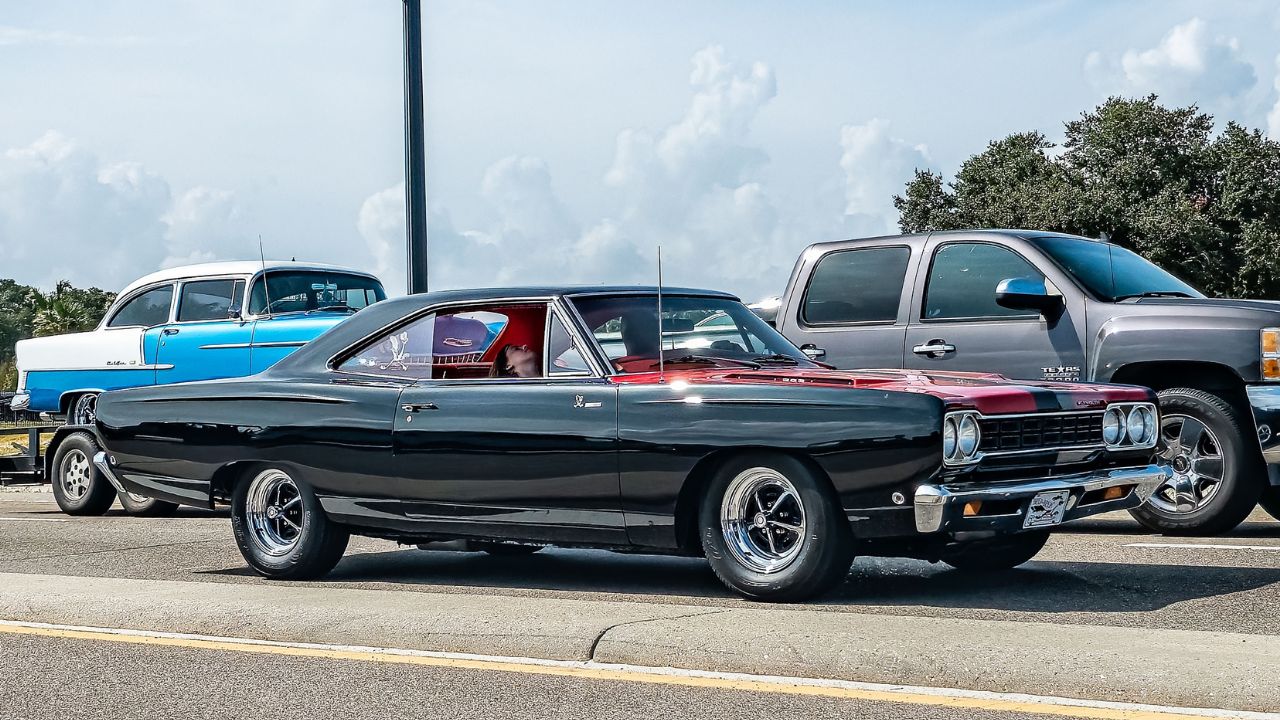
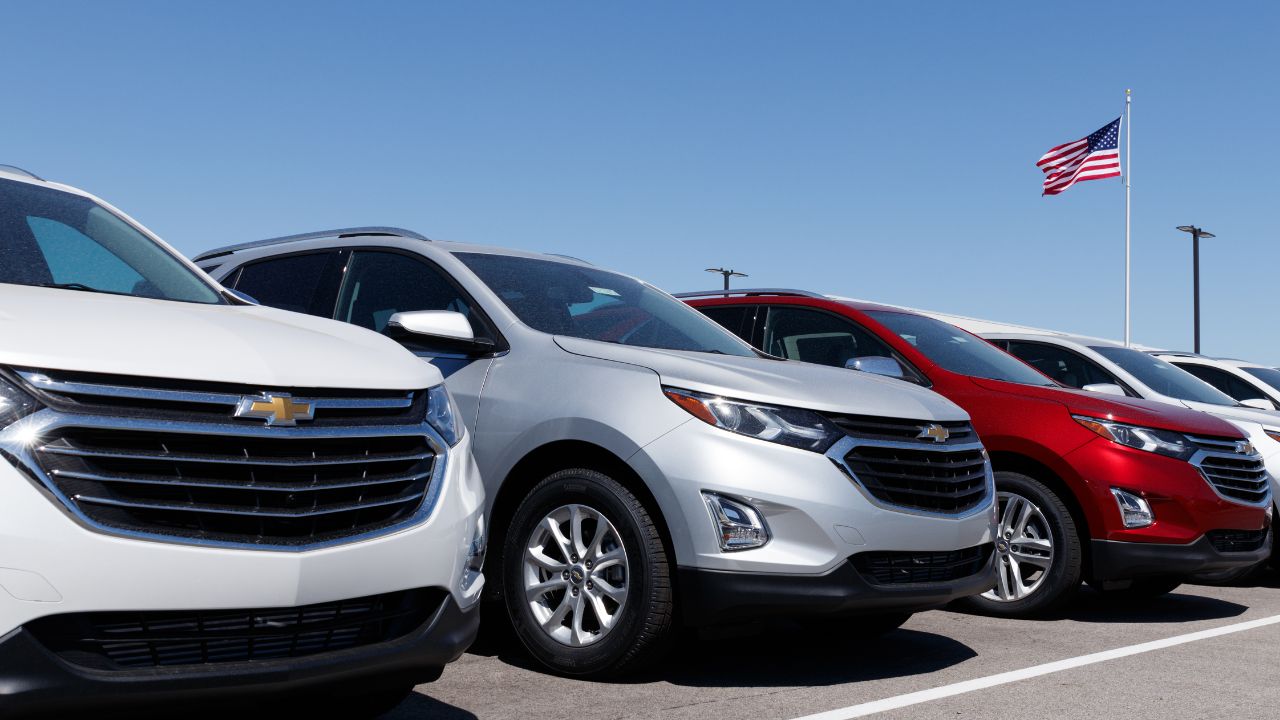

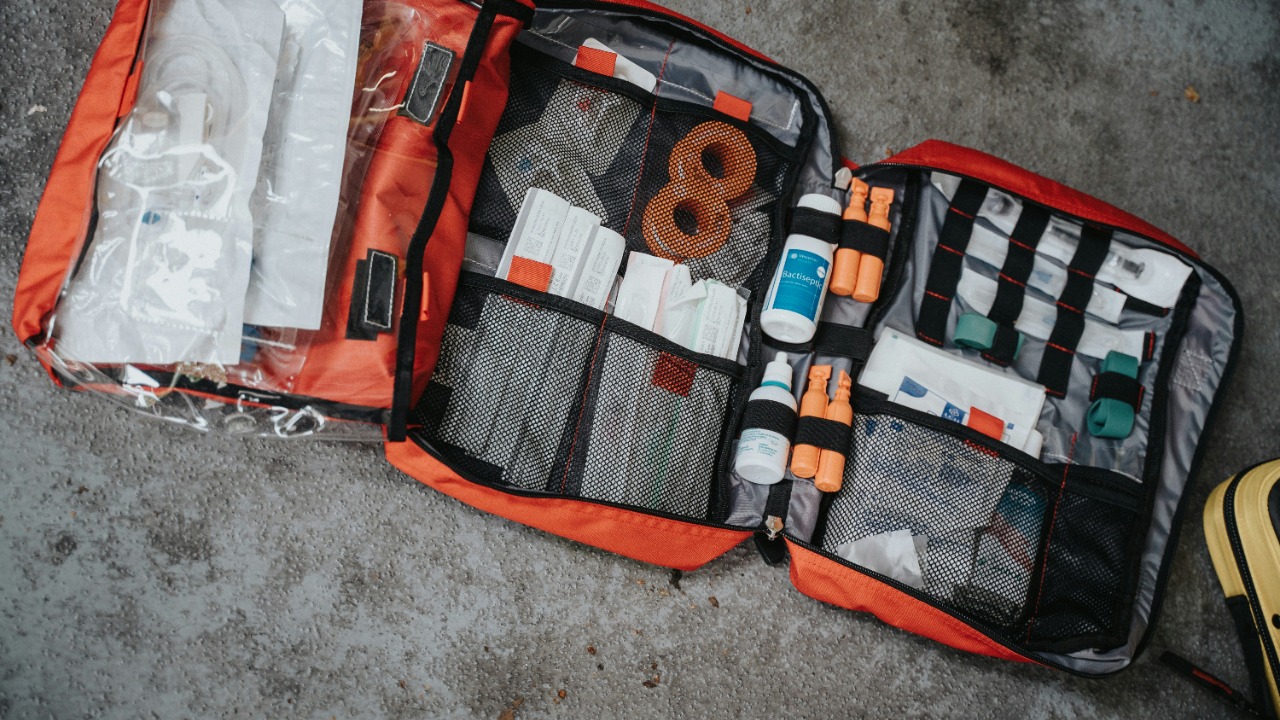

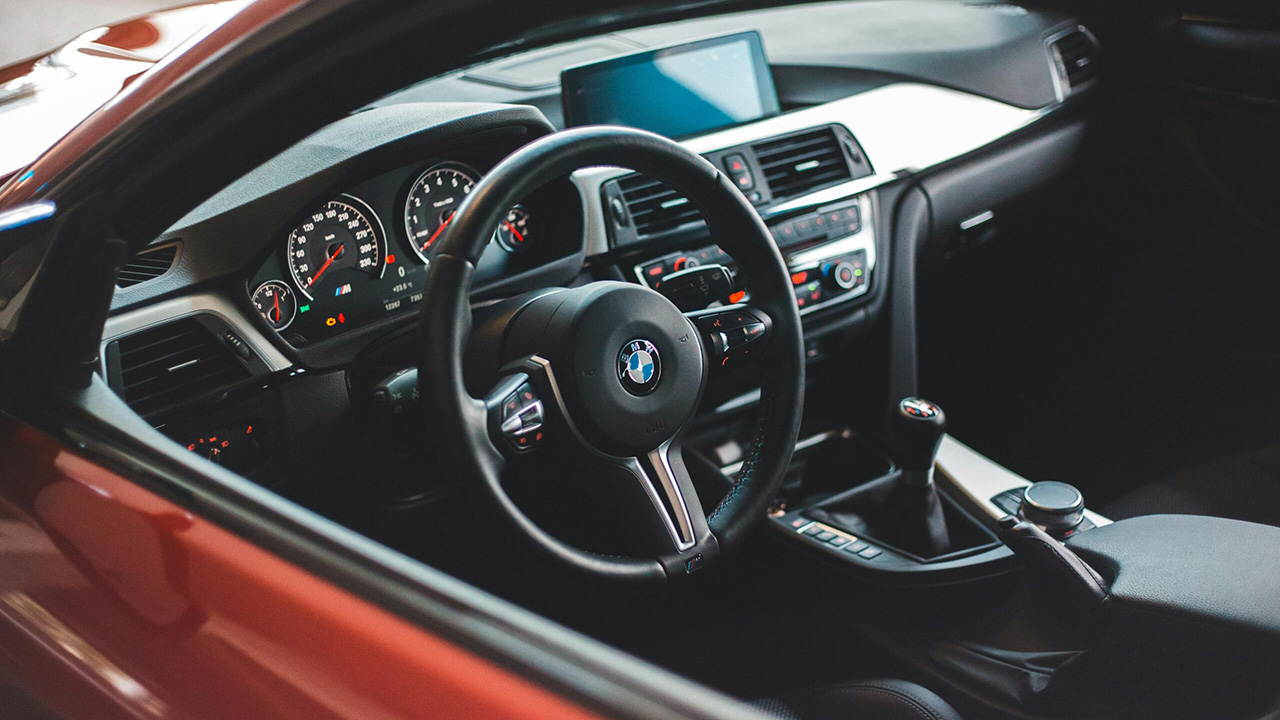
Leave a Reply